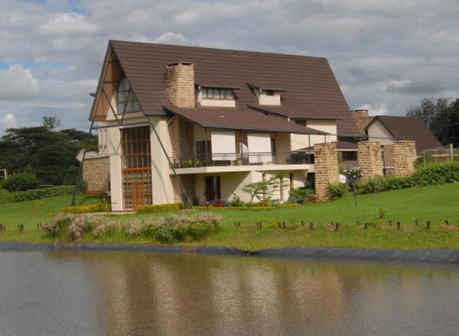×
The Standard e-Paper
Kenya's Bold Newspaper

Over the last few years, there has been a lot of talk about green buildings and their importance. But fully compliant green buildings are still hard to come by in Kenya. Why are we not heeding the call despite all the campaigns to go green?